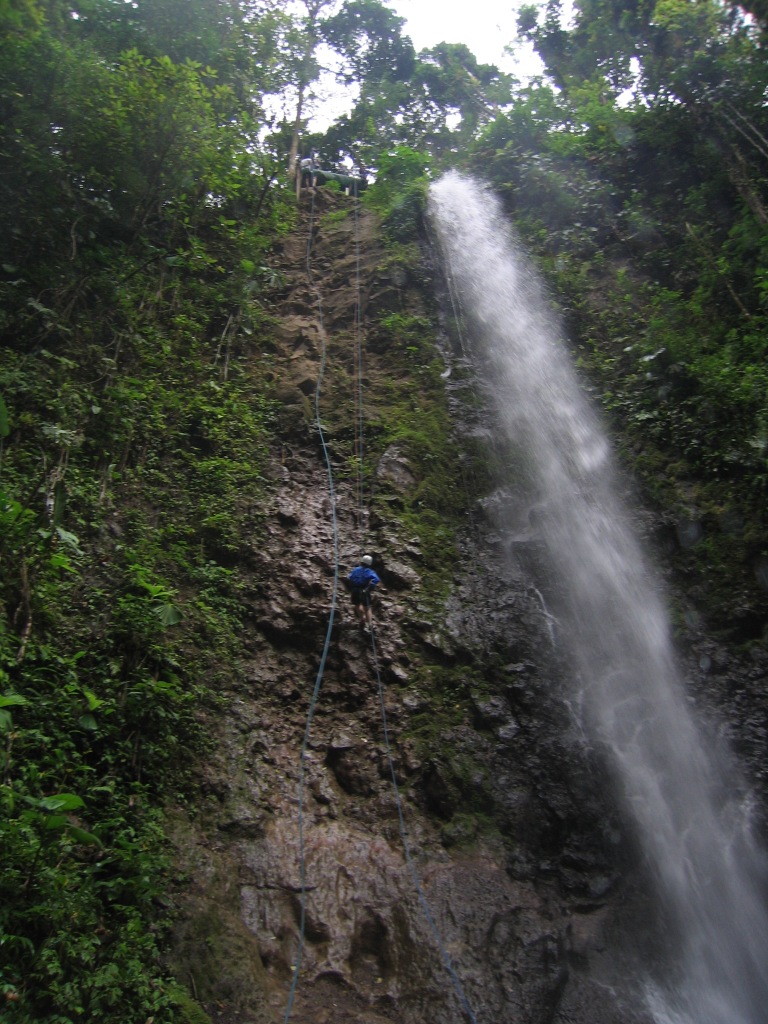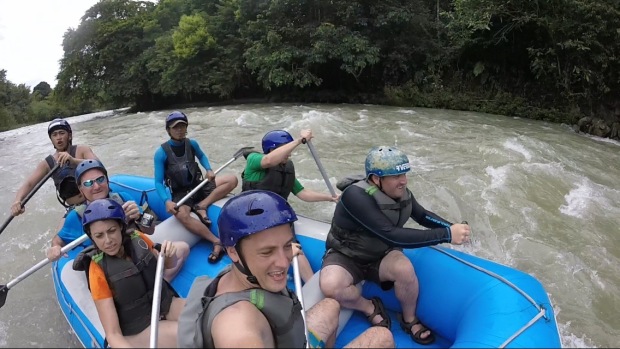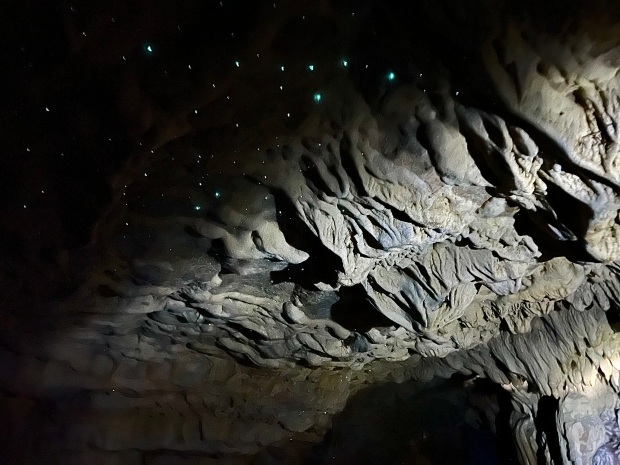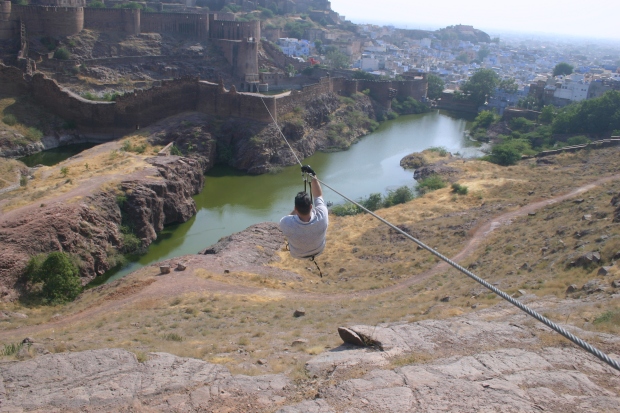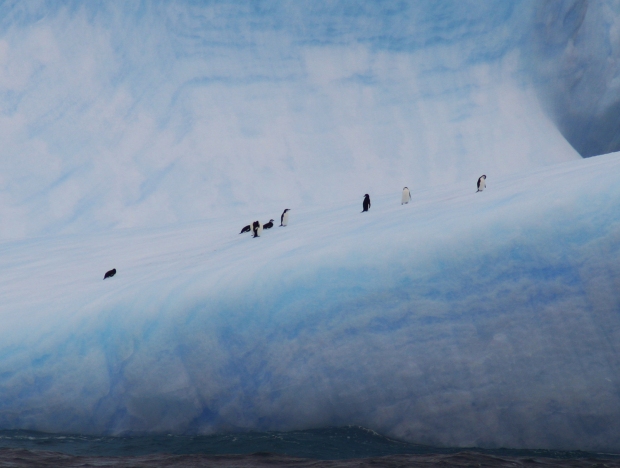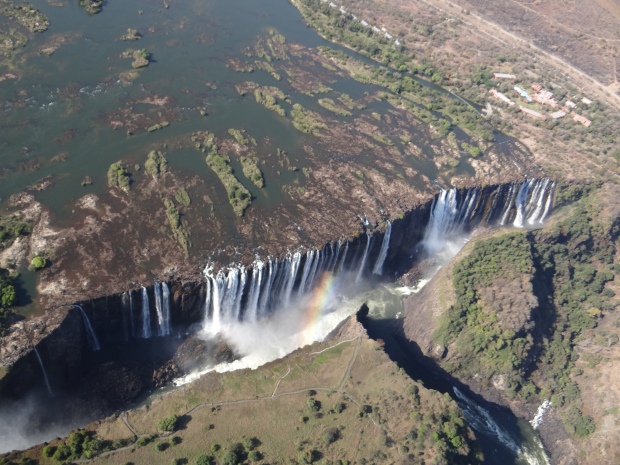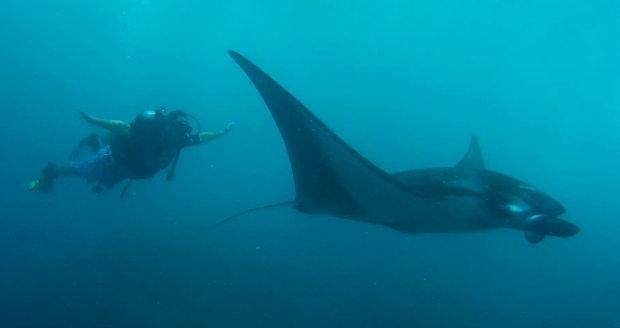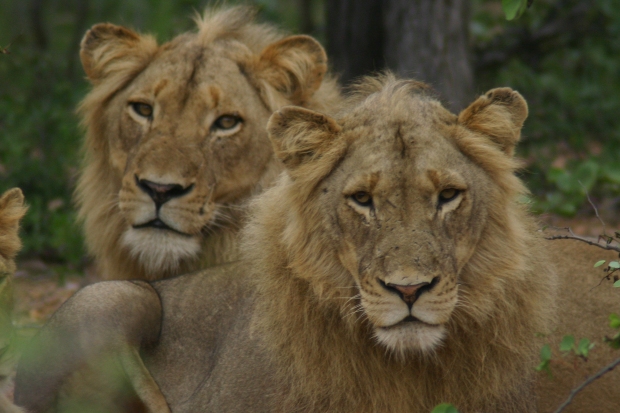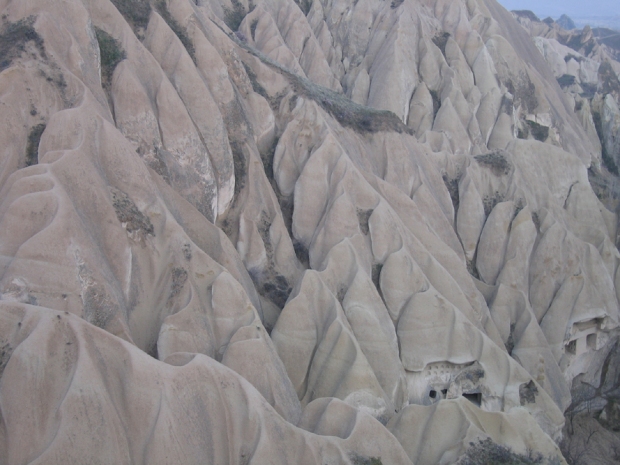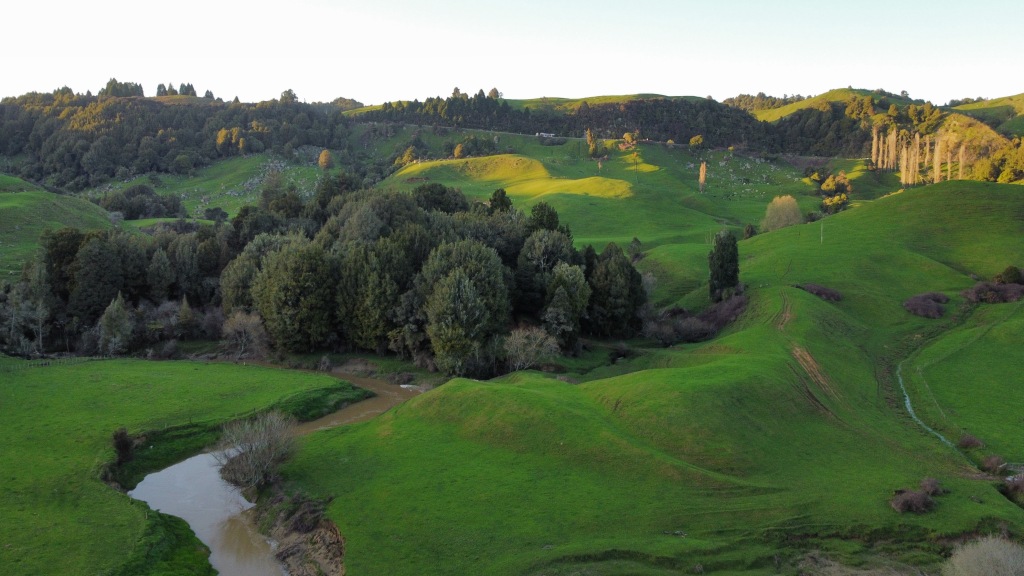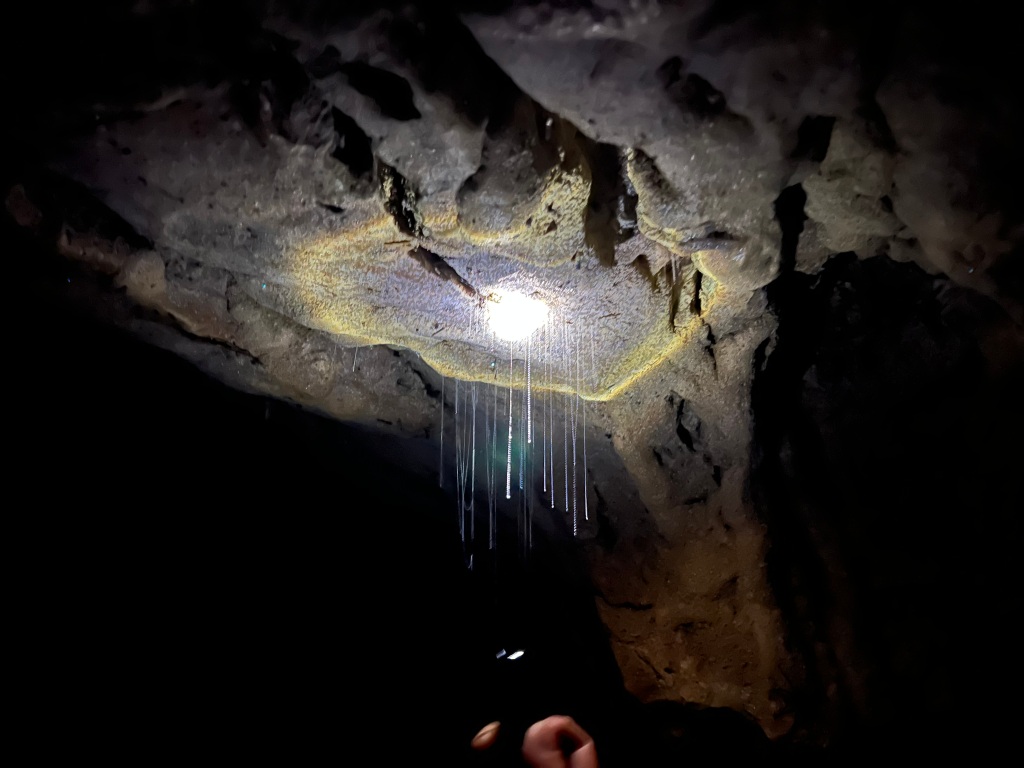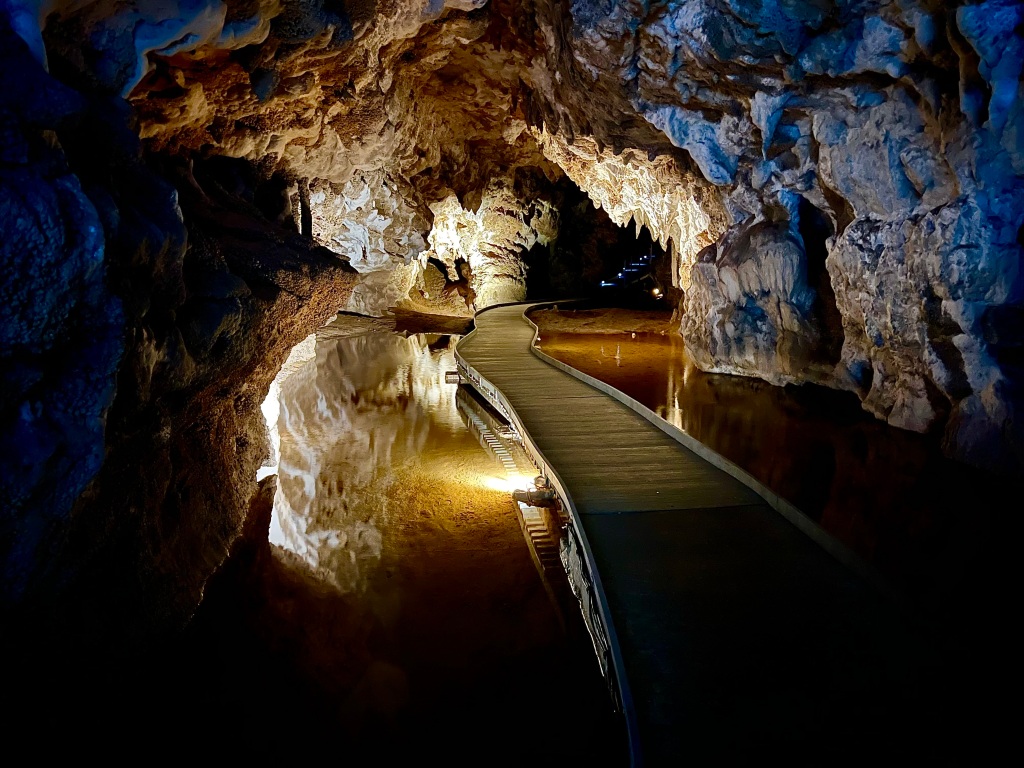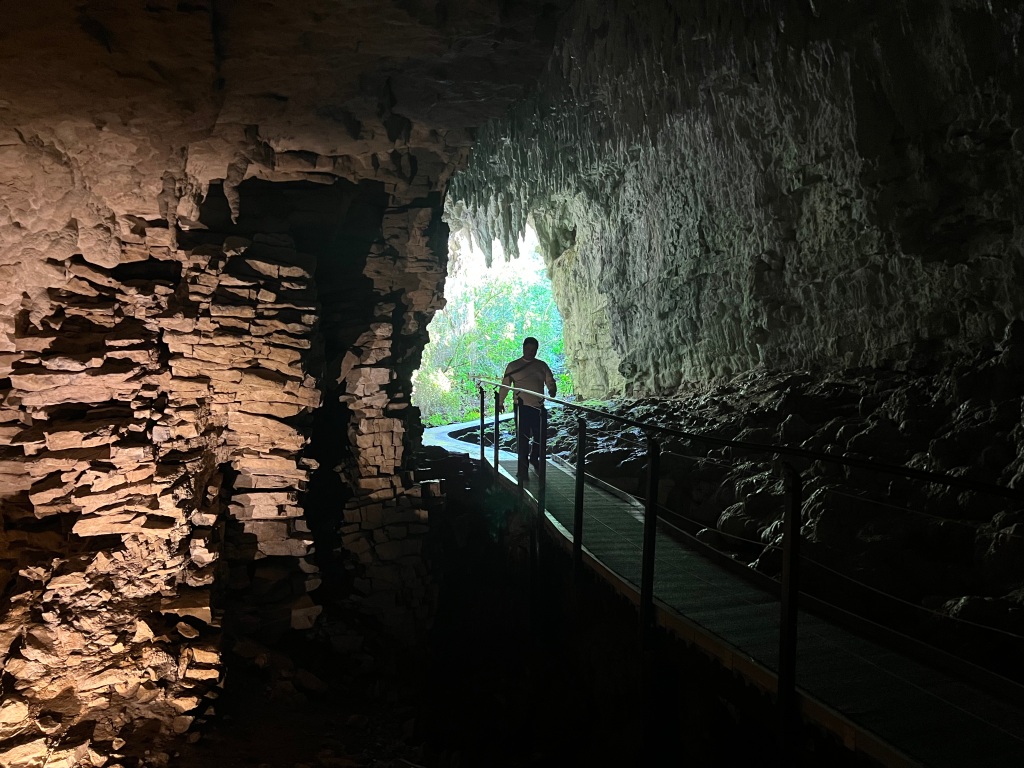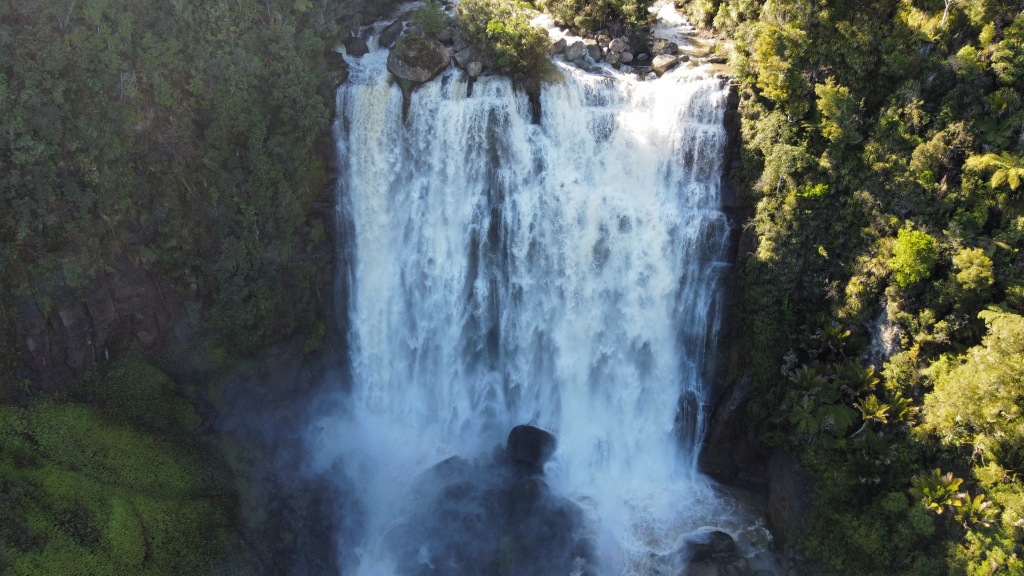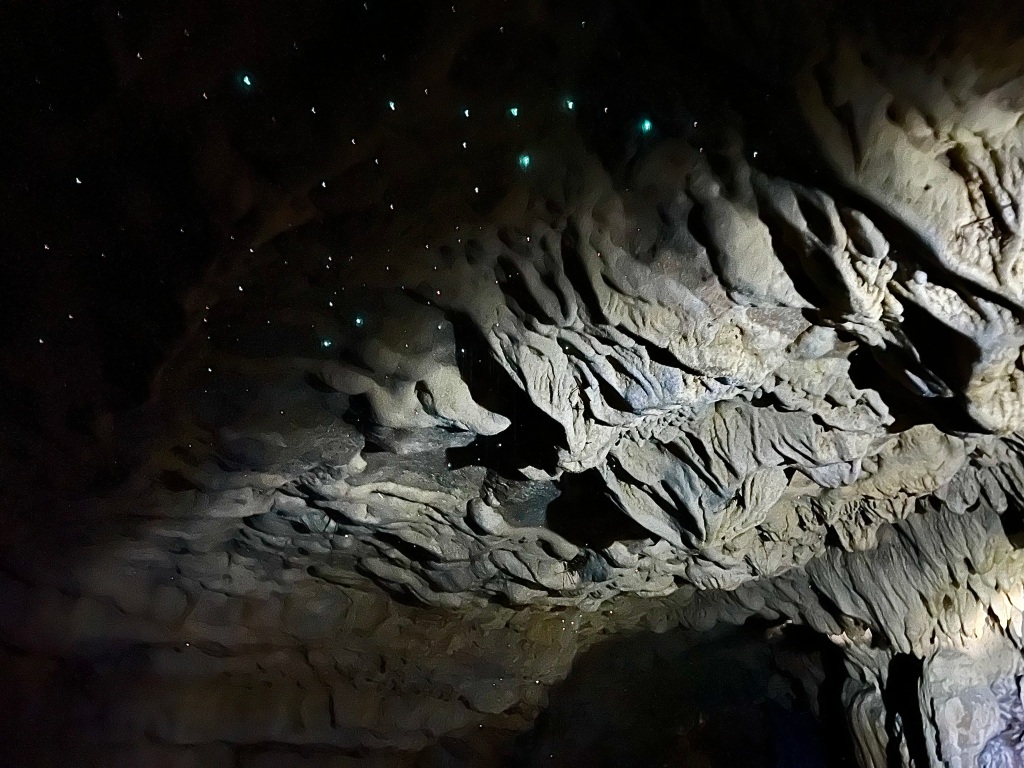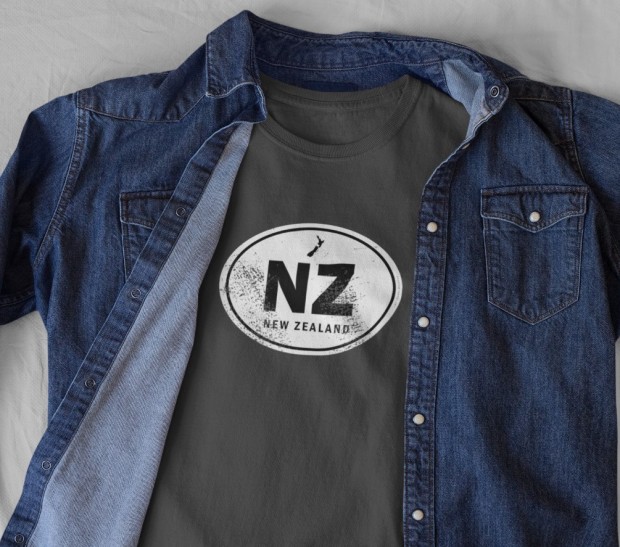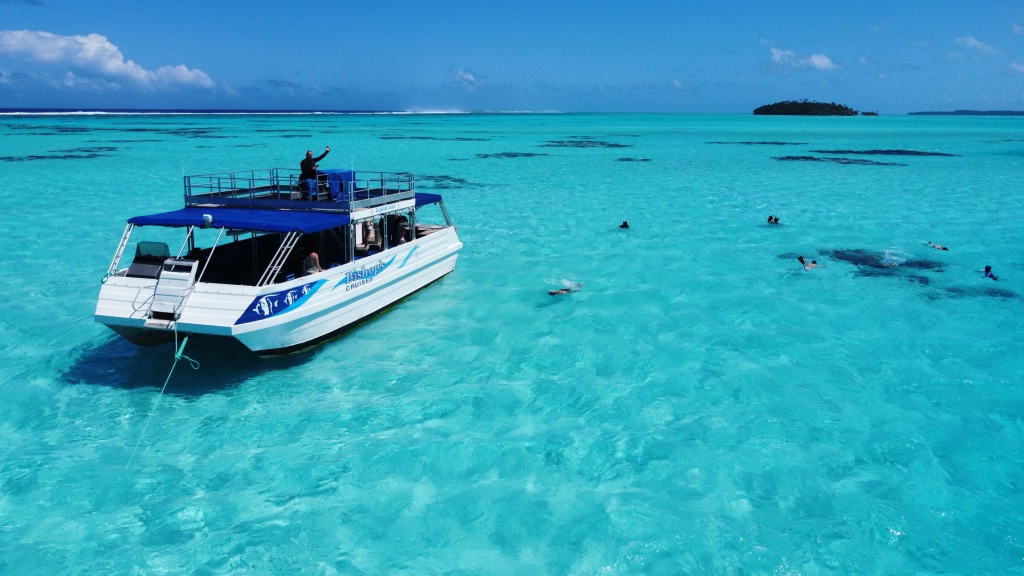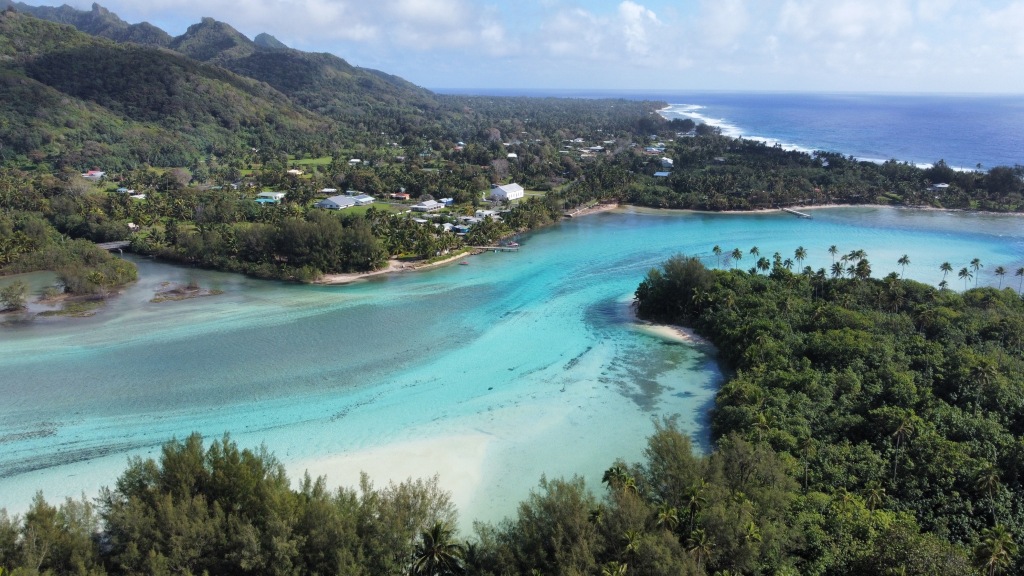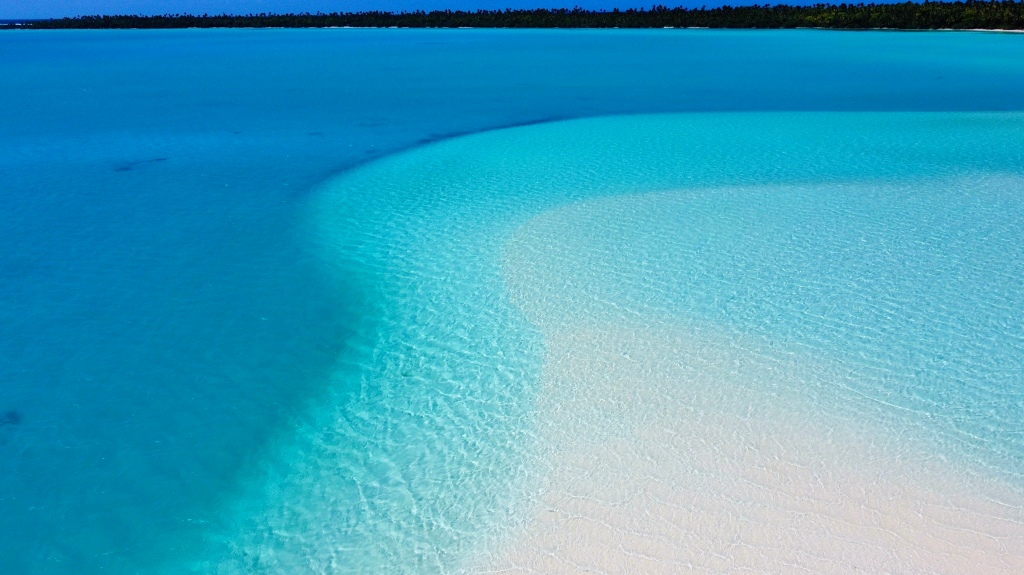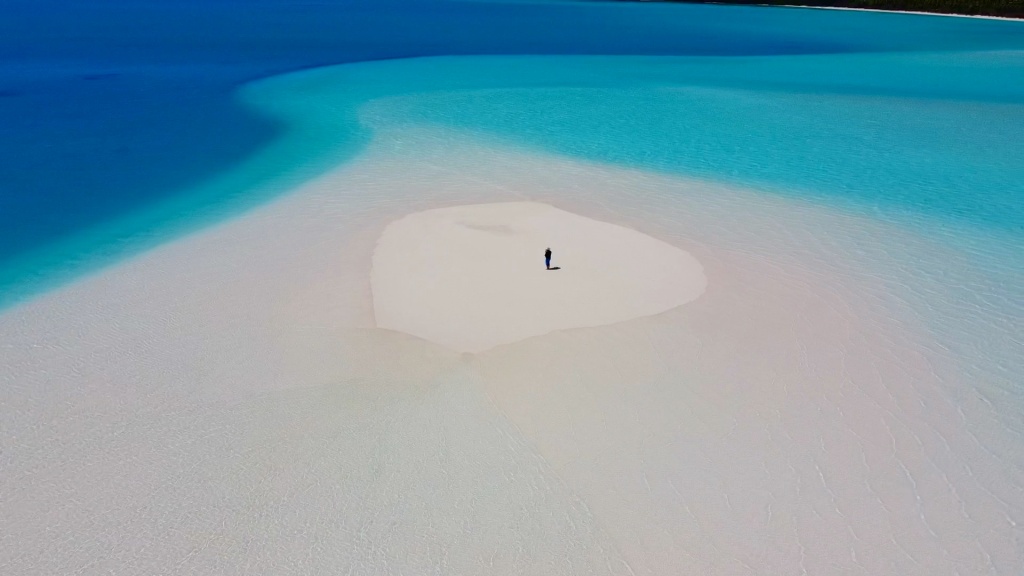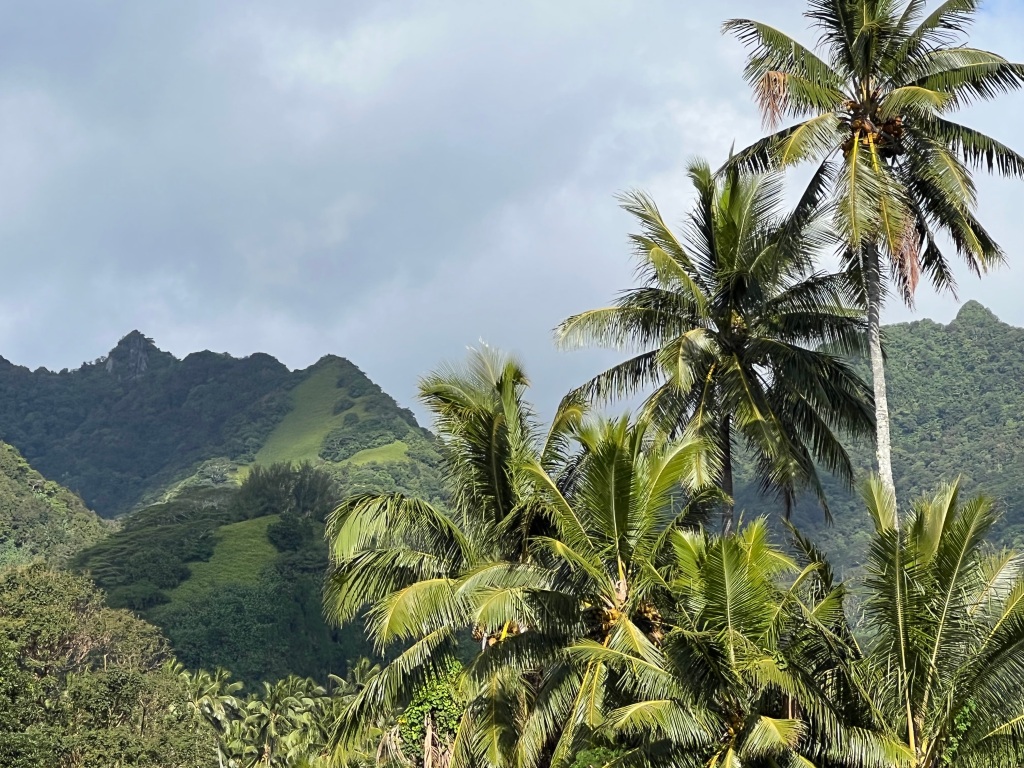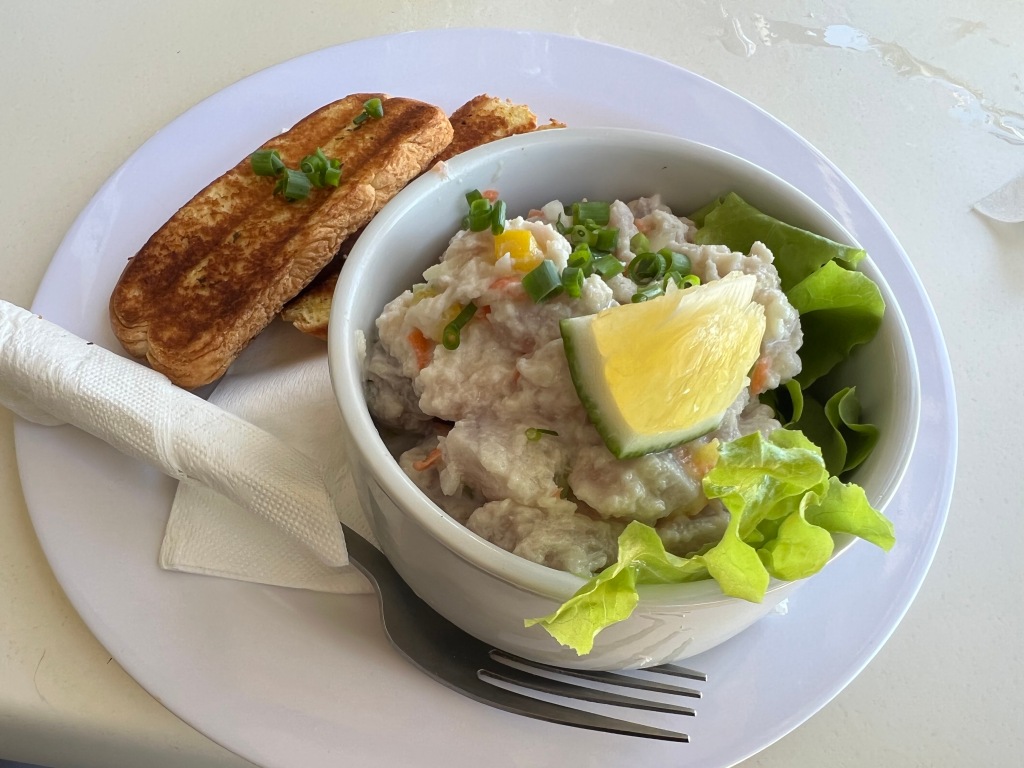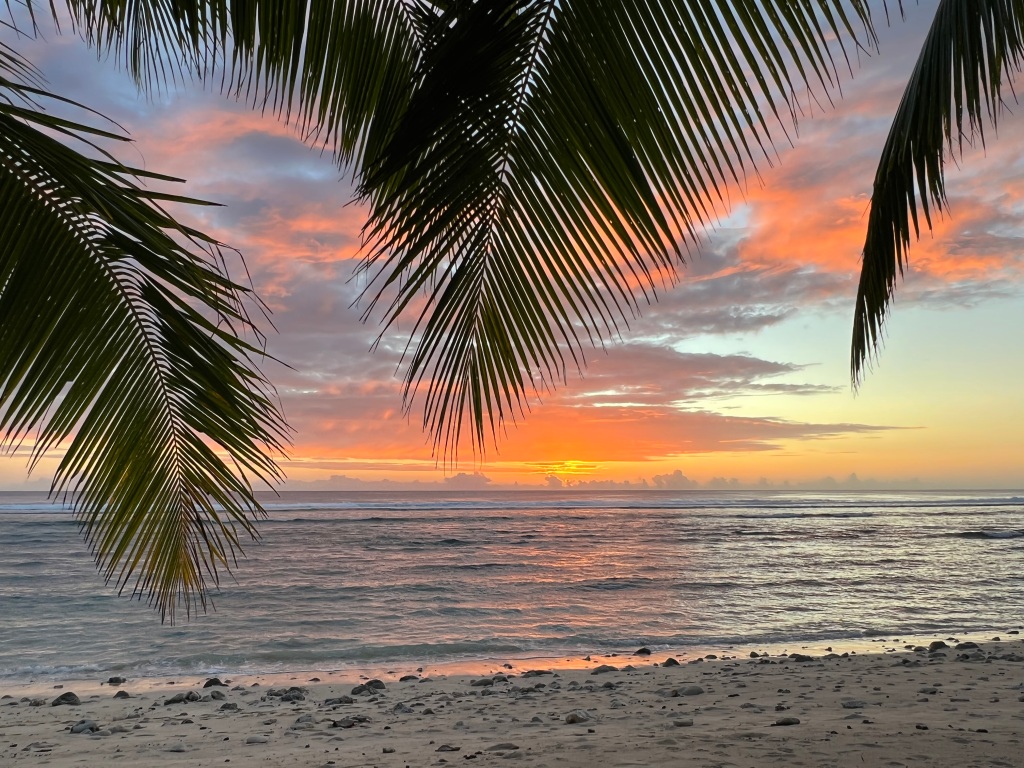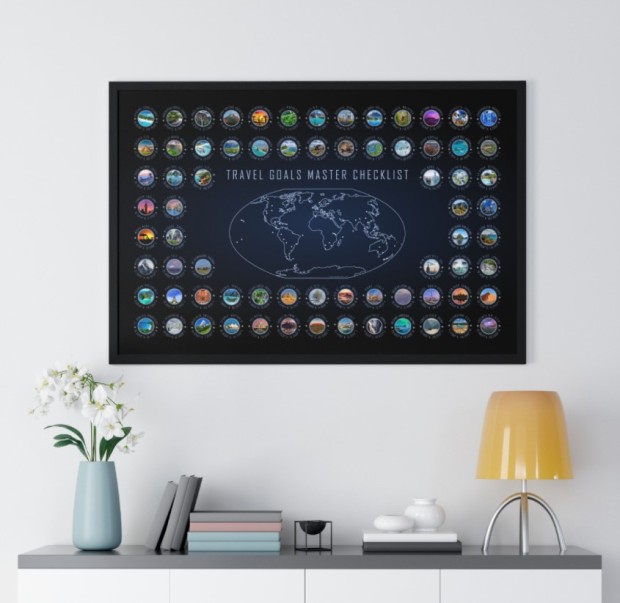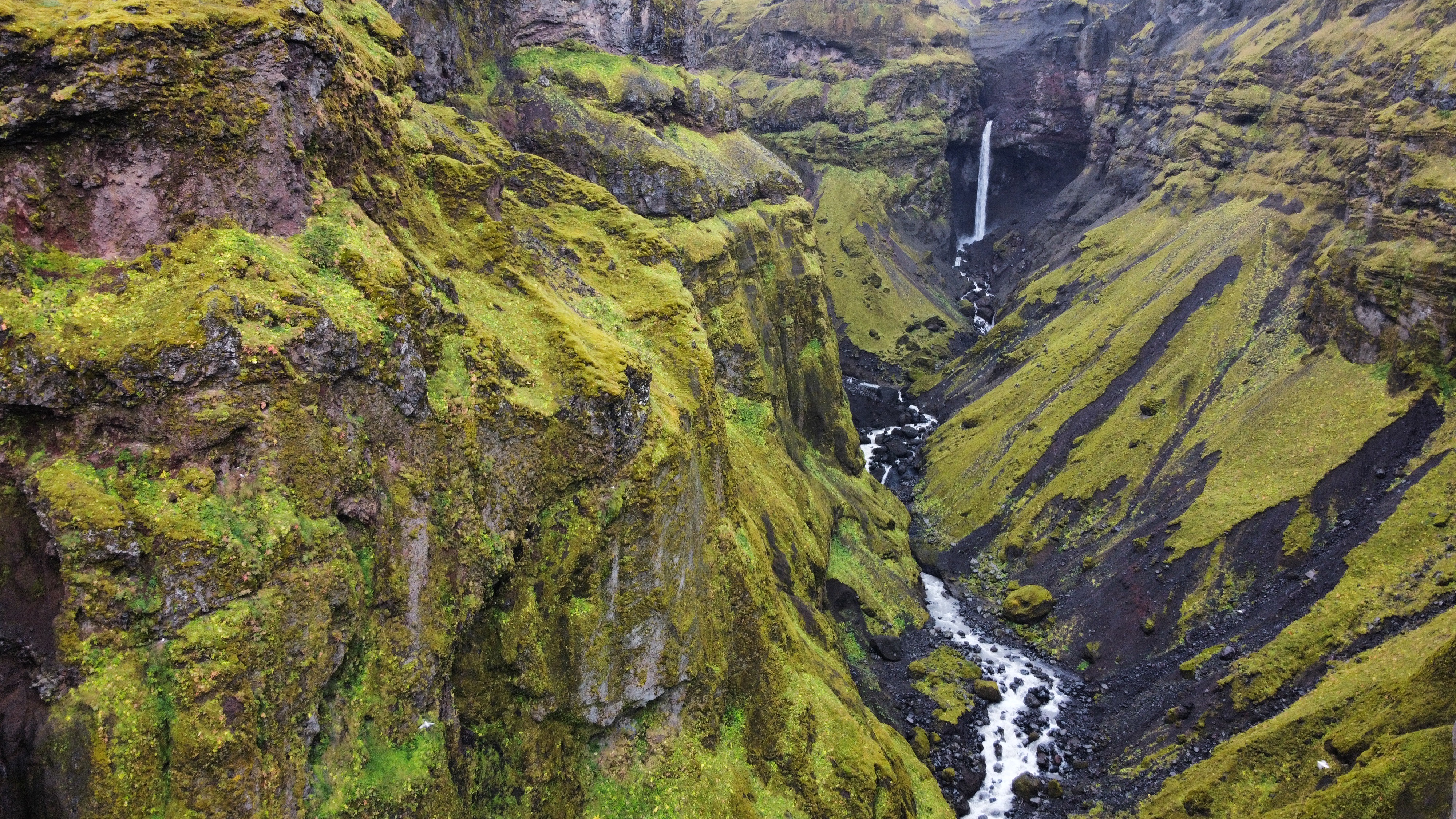
Introduction to Múlagljúfur Canyon, Iceland
At the end of an unmarked and very unassuming gravel road in southeastern Iceland, is the trailhead for Múlagljúfur Canyon. A cluster of cars at the base of a ravine is the only indication there’s anything special worth seeing. From that limited vantage point there doesn’t seem to be any reason for anyone to venture off the Ring Road. But if you do, and are willing to begin an uphill climb without seeing the finish line, you’ll be rewarded with one of the most beautiful panoramas anywhere.
Beginning the Hike into Múlagljúfur Canyon
After seeing some YouTube videos and blog posts about this ‘secret site’ I made it a point to visit on my travel party’s way back from stunning Jökulsárlón Glacier Lagoon. Tired from our day’s explorations, my fellow travelers opted to stay in the car while I ventured up the base of a rising hill that disappeared from view as a light rain began to fall. I can safely say, I made the better choice.
Before getting into the details, I should mention that I’m in my late 40’s and carrying more weight than I need to. Long story short, I’m old and fat, with gravity being more of an enemy than a friend. But even my physical liabilities were no obstacle to witnessing this natural spectacle in person -even if that did involve a bit of a climb.
The Múlagljúfur Canyon Trail
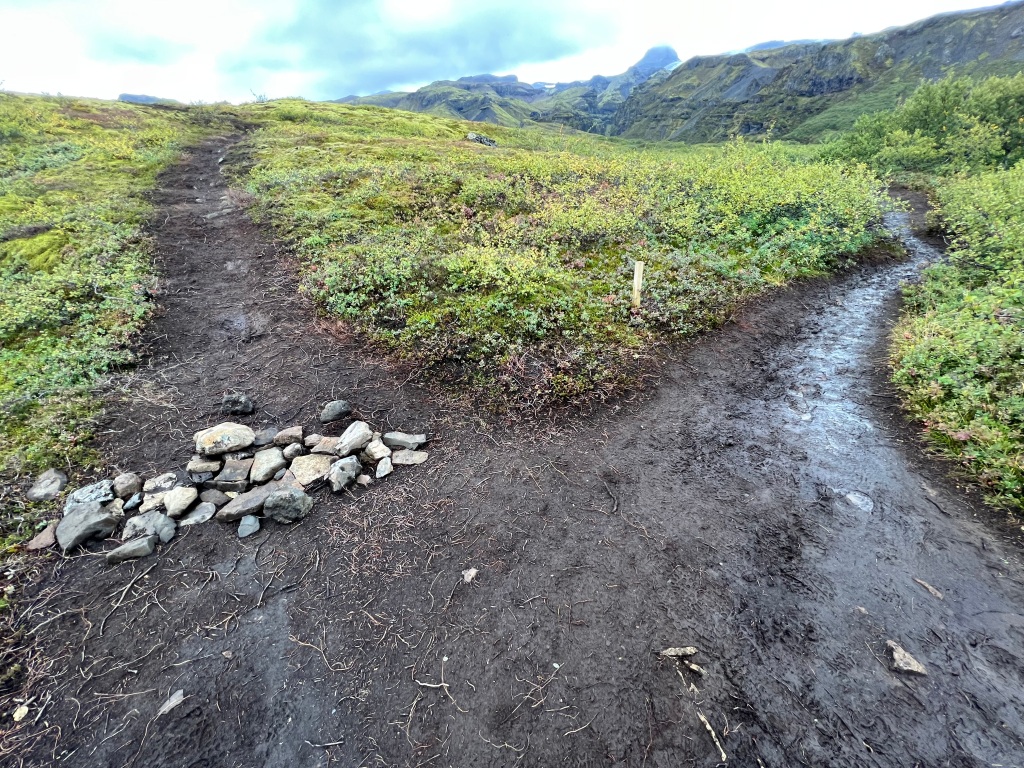
The trail started off rather uneventful, with a muddy path winding through low lying shrubbery and brush. At points there seemed to be a juncture, though the “wrong” path was clearly marked by a line of stones crossing its entrance. The climb was steady but not overly steep, and every so often it was necessary to step aside as travelers coming from the opposite direction (with gravity on their side, I might add) approached.
At a certain point, there’s a rather steep drop-off to a rocky riverbed, full of slick stones and (presumably) some very chilly water. It doesn’t require goat-like footing to cross, but you’ll want to pay attention to avoid getting an involuntary foot bath.
As the path continues you’ll find yourself on a rising ledge that drops off on each side. To the left is another scenic, but not quite as scenic valley with its own waterfall and river running through the grassy tussock. But the real show is on the right, as the stunning greenery of the landscape grows increasingly dramatic. The drama reaches a crescendo as the graceful veil of Hangandifoss spills over the opposite edge of the canyon to a lush valley below.
The hike to the first lookout point took about 45 minutes, with only a few brief pauses for me to catch my breath. At this point I was sweaty and sore from the uphill climb, but now that I made it this far – fat as I am – I was determined to see more.
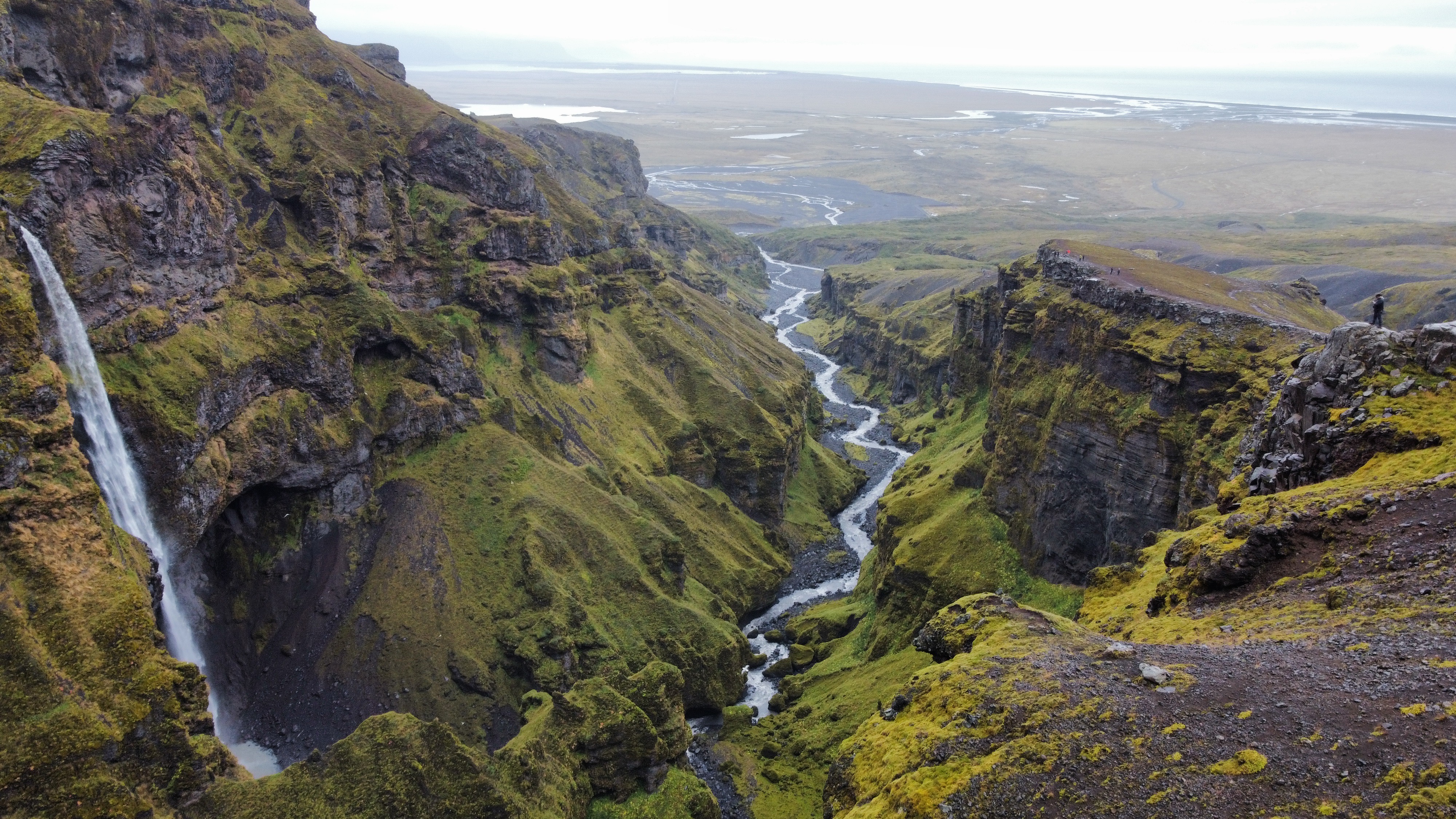
It was about another 15 minutes to the next viewing point, where I stood at the edge and admired the dizzying panorama that looked right out of a fantasy novel. Not seeing any signs prohibiting the use of drones (or any signs at all for that matter), I spent the next 20 minutes buzzing along the canyon from different heights and angles, catching a view of silver-white Múlafoss tucked further down the valley, and saving me an additional climb to see it directly.
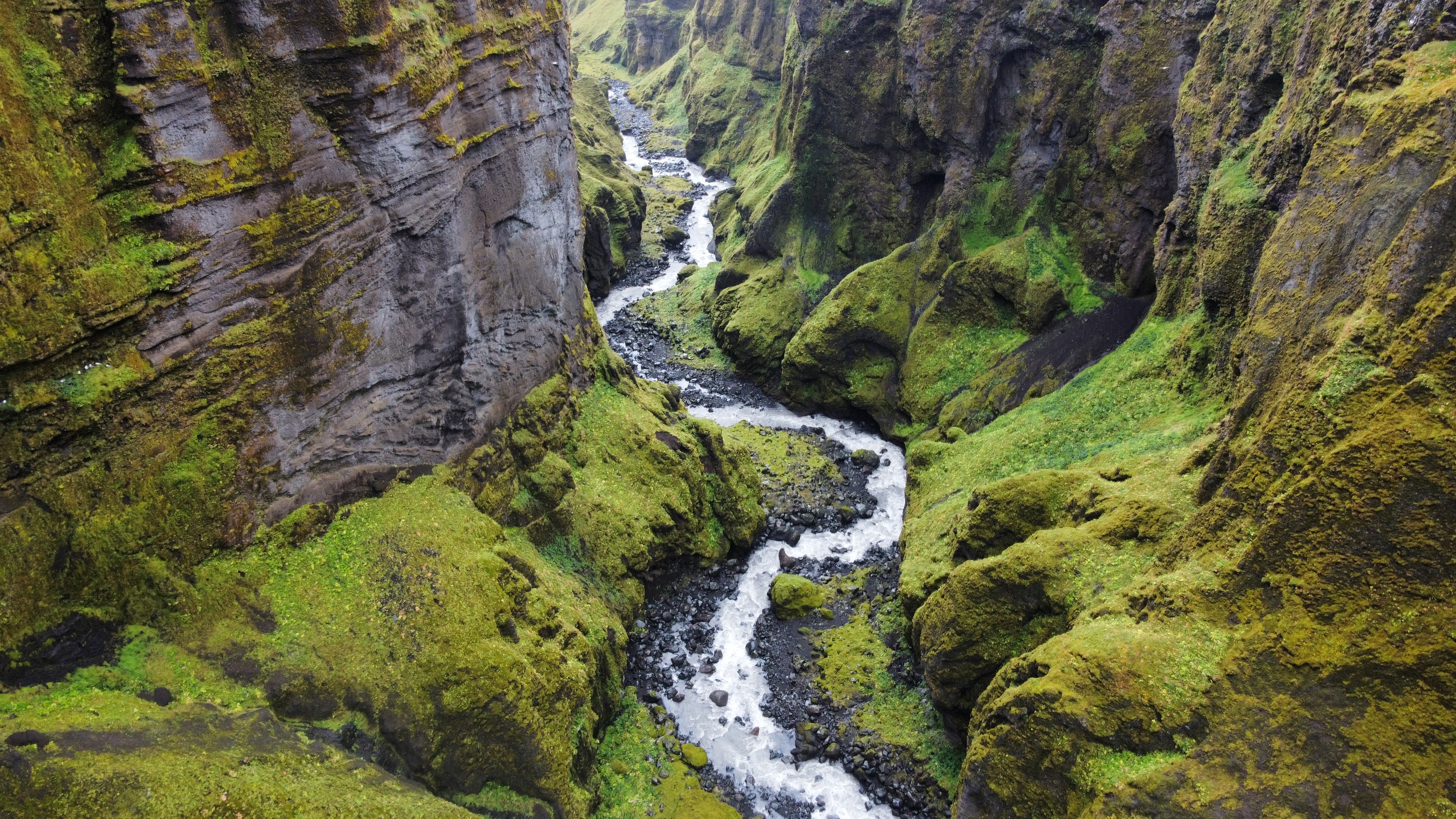
Surrounded by the greenery, and soothed by the steady roar of the tumbling waterfalls, any anti-gravity struggles I was feeling melted away. And as I ran my drone to and fro, observing the majestic views it affords, I had to admit that Múlagljúfur Canyon is now the second most beautiful spot I’ve visited in my travels across 78 countries and 7 continents. Milford Sound, New Zealand, you still get my top vote.
Practicalities and Whatnot
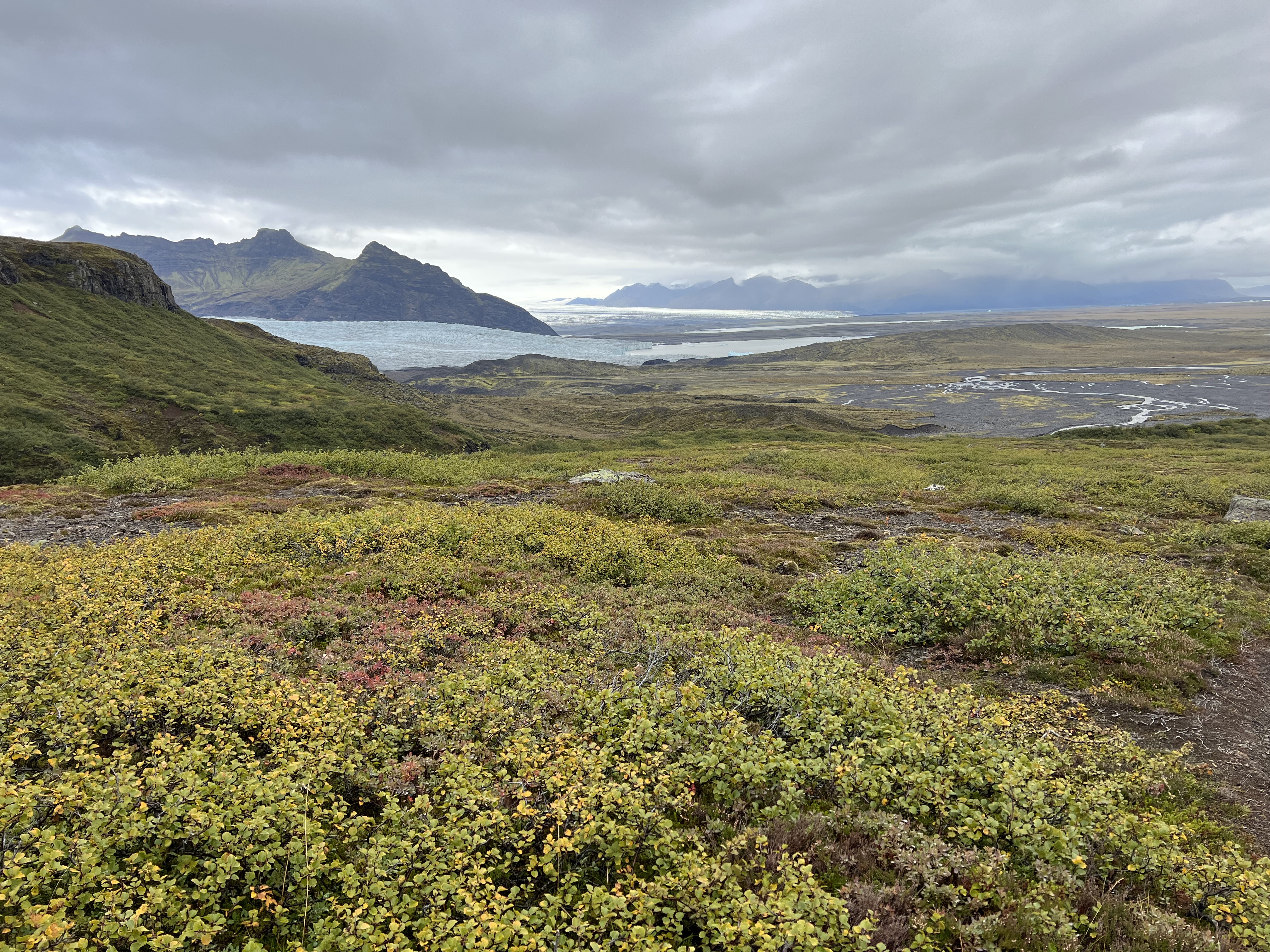
At the time of writing (November 2023) there was no sign to indicate the turnoff for the Múlagljúfur Canyon trailhead. I don’t know the coordinates offhand, but it lies north of the ring road, a few miles west of Jökulsárlón Lagoon. If you see a bunch of rental cars heading off into nowhere, you’re probably in the right place.
If it happens to rain the day of your visit, be prepared for very muddy, and very slick pathways. At one point I lost my footing and splashed down rather clumsily in the mud. Make sure you have sturdy shoes and free hands to help navigate the path – especially when crossing the river.
As amazing as the lookout points may be, don’t forget to admire the scenery along the way. From the top you can look out at the glaciers meeting the ocean, which provides an overwhelming sense of scale. There are also some lovely rock formations in the valley below that may not be the main attraction, but are worth a snap or two all the same.
Closing Thoughts
Despite my lack of being in shape (unless you consider ovoid a shape), it was about an hour’s hike to the second viewpoint, and even less to make it back. Upon my return I was tired, sweaty and out of breath, but most of all I was thrilled. Places like Múlagljúfur Canyon are hard to come by, and since I’d already come as far as Iceland, it only made sense to come a little further.
So if you’re interested in seeing one of the most mesmerizing natural features on the planet, start getting in shape now. But rest assured, even if you don’t hit your fitness goals before the day of your flight, Múlagljúfur Canyon is still accessible, even if you’re old and fat like me.

